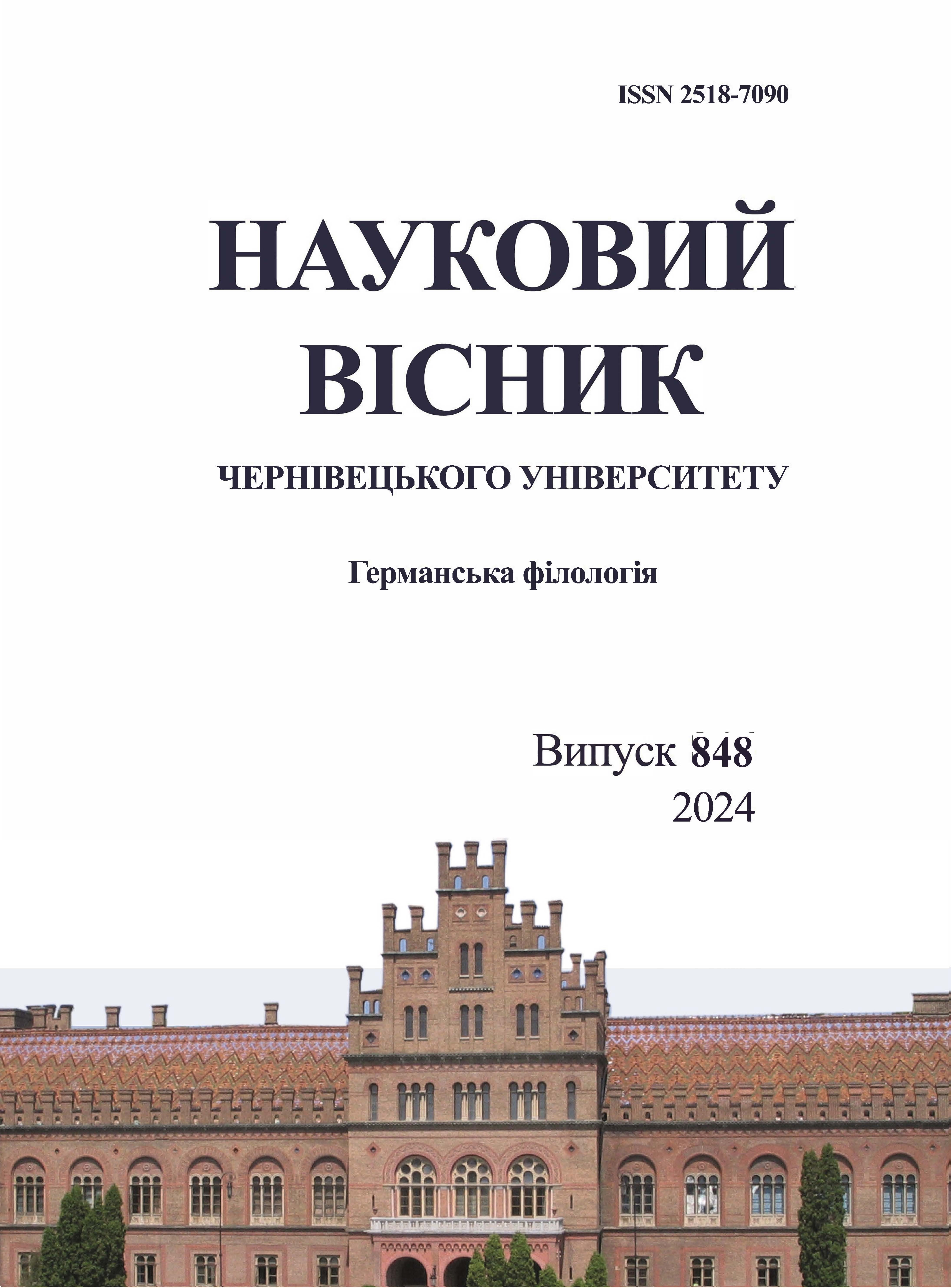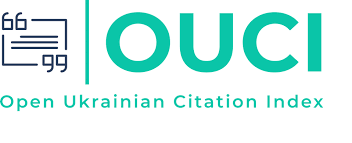АНАЛІЗ ТЕКСТІВ ОРИГІНАЛУ ТА ПЕРЕКЛАДУ В СТРУКТУРІ НАВЧАННЯ МАЙБУТНІХ ПЕРЕКЛАДАЧІВ
DOI:
https://doi.org/10.31861/gph2024.848.162-175Ключові слова:
англійська мова, англомовні патенти, перекладацький аналіз, стратегії перекладу, українська моваАнотація
Метою статті є розробка методики перекладацького аналізу спеціалізованих текстів, для подальшого її застосування в процесі підготовки майбутніх перекладачів. Для досягнення цієї мети автор вирішує низку завдань: розробляє параметри аналізу текстів оригіналу і перекладу; визначає сферу дослідження; відбирає репрезентативний англомовний текст оригіналу в галузі патентів; аналізує його за попередньо визначеними параметрами; формулює гіпотезу щодо стратегій перекладу, які є найбільш вірогідними для обраного тексту оригіналу; аналізує текст перекладу українською мовою за застосованими способами перекладу; формулює висновок стосовно валідності припущення, сформульованого за результатами аналізу тексту оригіналу; оцінює ефективність розробленої методики перекладацького аналізу для навчання майбутніх перекладачів та окреслює перспективи подальшого дослідження. Методом дослідження обрано лінгвістичний (для тексту оригіналу) і (для тексту перекладу) аналіз. Матеріалом дослідження обрано фрагмент (стислий опис винаходу) патенту США обсягом 526 слів, що відноситься до спеціалізованої (технічної) гіпотезу, сформульовану за результатами доперекладацького тексту оригіналу, а також дозволив суттєво уточнити її. Зокрема, на синтаксичному рівні, текст перекладу тяжіє до калькування структури тексту оригіналу лише у випадку речень з простішою структурою, а в складніших реченнях калькування вдається зберігати лише стосовно окремих головних, підрядних чи сурядних речень, тоді як в інших доводилось застосовувати трансформації структури. Найпоширенішою виявилася заміна речень пасивного стану на активний. У випадку дуже довгих речень доводиться їх розбивати на простіші, а це тягло за собою й інші трансформації. Узагальнено, що запропонована методика перекладацького аналізу спеціалізованих текстів оригіналу та перекладу є перспективною для її застосування в процесі навчання майбутніх перекладачів, оскільки може сприяти розвитку теоретичного компонента ФКП студентів, а також засвоєнню багатьох важливих понять із сфери перекладознавства та оволодінню методикою перекладацького аналізу. Констатується, що це припущення потребує додаткової перевірки, в чому і вбачаються перспективи подальшого дослідження.







